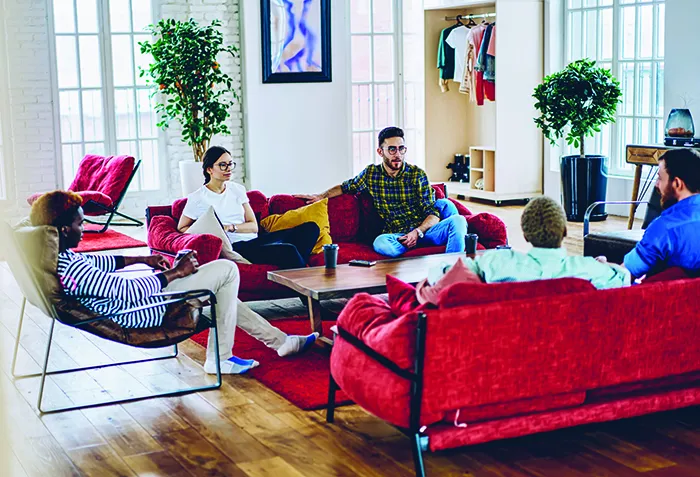
A record 60,634 homes were bought using Help to Buy equity loans over the last year, according to official data, but rising house prices saw repayments on these mortgages shoot up.
The number of new build homes bought under the scheme is up 43% in the year to June, says the Department for Levelling Up, Housing and Communities.
However, the average price of a UK property rose over £31,000 in that period, and last month stood at £252,687, according to Nationwide.
Analysis from broker Hargreaves Lansdown says that if you borrowed 20% from the government to buy the average property in June 2015, and then you repaid the loan in June 2020, you would have had to pay back £7,581 more than you borrowed.
But the rising market over the past 12 months means that someone doing the same a year later would have had to repay £10,557 more than they borrowed – so the rising market cost them almost £3,000.
Also, in June a record 10,989 homes were bought using Help to Buy ISAs, a 44% jump on the month before, according to Treasury data. This scheme sees the government provide a 25% top-up on the savings of first-time buyers when they buy a property.
Hargreaves Lansdown senior personal finance analyst Sarah Coles says: “Runaway house prices mean government schemes for homebuyers are more valuable than ever. But when it comes to the Help to Buy equity loan scheme, they’re more expensive than ever too.
“Government schemes have provided a vital leg up for buyers as prices climbed this past year, through Lifetime ISAs, Help to Buy ISAs and the Help to Buy equity loan scheme.
“However, anyone considering the Help to Buy equity loan scheme needs to be aware that rising prices could also make their loan eye-wateringly expensive further down the line.
“The 12 months to the end of June saw the highest number of help-to-buy loans on record. With house prices rising out of sight, property deposits rose out of reach, and the loans helped close the gap, so that buyers only had to find the first 5% of the deposit.
“But while rising prices made this scheme more popular, they also made it far more expensive, and people need to understand the costs involved.
“When the loan is eventually repaid to the government, the amount that needs to be paid back depends on the value of the house at that time. If you borrow 20% of the purchase price, you repay 20% of the value when you eventually remortgage, so when prices rise, so do your repayments.
“If you’re working hard to build a deposit, Help to Buy isn’t your only option. If you’re aged 18-39, and you plan to buy your first property a year or more down the line, you could also consider saving at least some of the deposit in a Lifetime ISA.
“You can put £4,000 a year into a LISA and the government will immediately top it up by 25% – so you could get £1,000 a year from the government to help you onto the property ladder. And through the LISA, this never needs to be paid back.”
The average property bought through a Help to Buy ISA is £175,567 compared to an average FTB house price of £ 222,712 and a national average house price of £252,687, official data shows.
The average age of a FTB on a Help to Buy ISA is 28 compared to an overall FTB average age of 30.
Help to Buy ISAs have been used to buy 435,798 homes since the programme began in 2015.
And 339,347 Help to Buy equity loans have been taken out since the scheme was launched in 2013.



